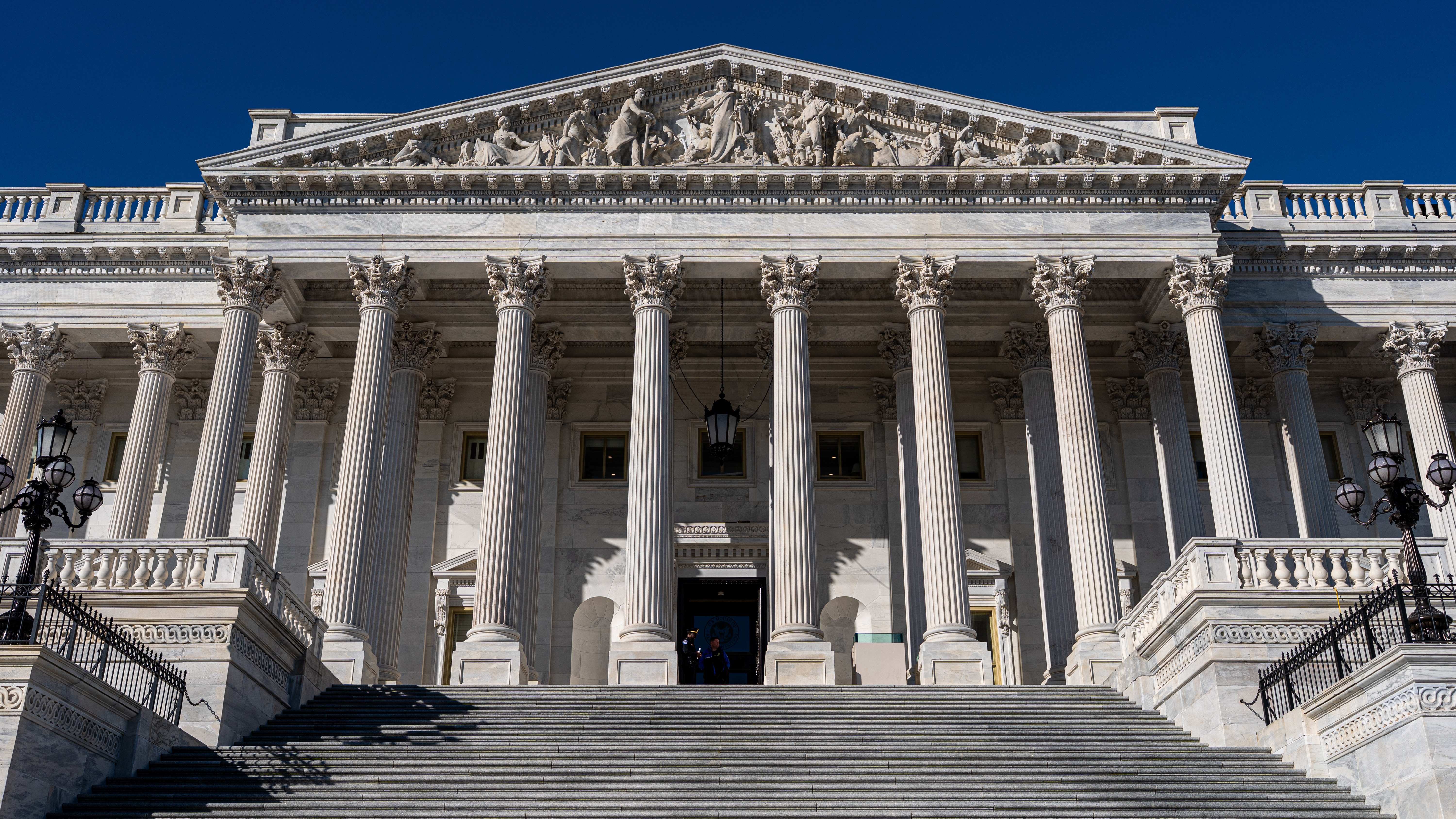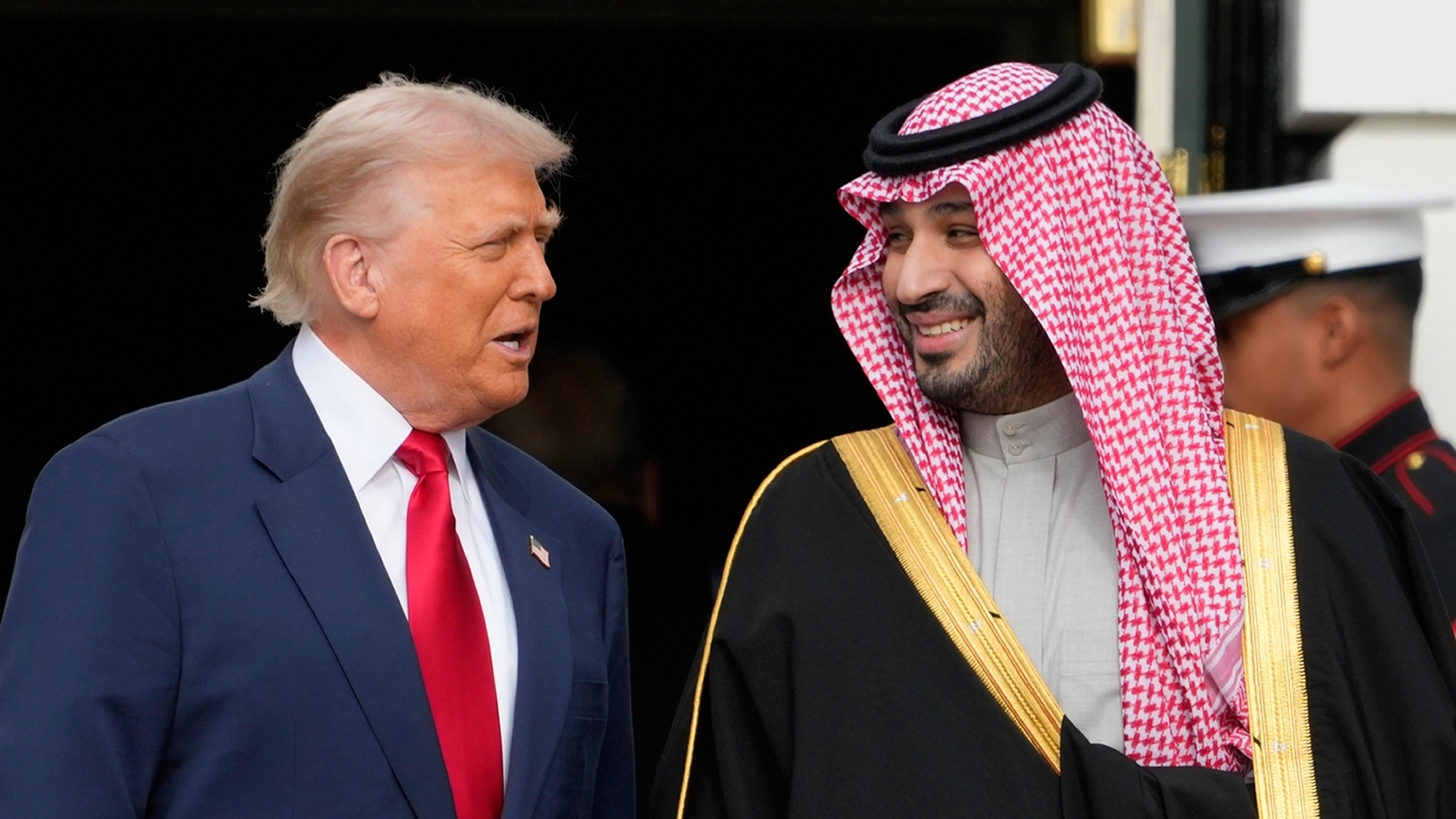US President Donald Trump unveiled a huge missile defence initiative this week, promising to put the United States under an impermeable Golden Dome.
It has long been the dream of US presidents to create an effective shield to protect the United States from intercontinental missiles – and this concept is the latest attempt.
Trump said the project would put US weapons in space for the first time and would be designed to disable any missile launched at the United States – even if they are launched from space.
The president said four-star General Michael Guetlein, who currently serves as the vice chief of space operations, will be responsible for overseeing Golden Dome’s progress.
The US wants to replicate the success Israel has had with its Iron Dome system, which has been deployed numerous times to protect population centres during the course of its war with Hamas.
Iron Dome was developed with heavy US involvement, but the scope and scale of the design for Golden Dome is far greater.
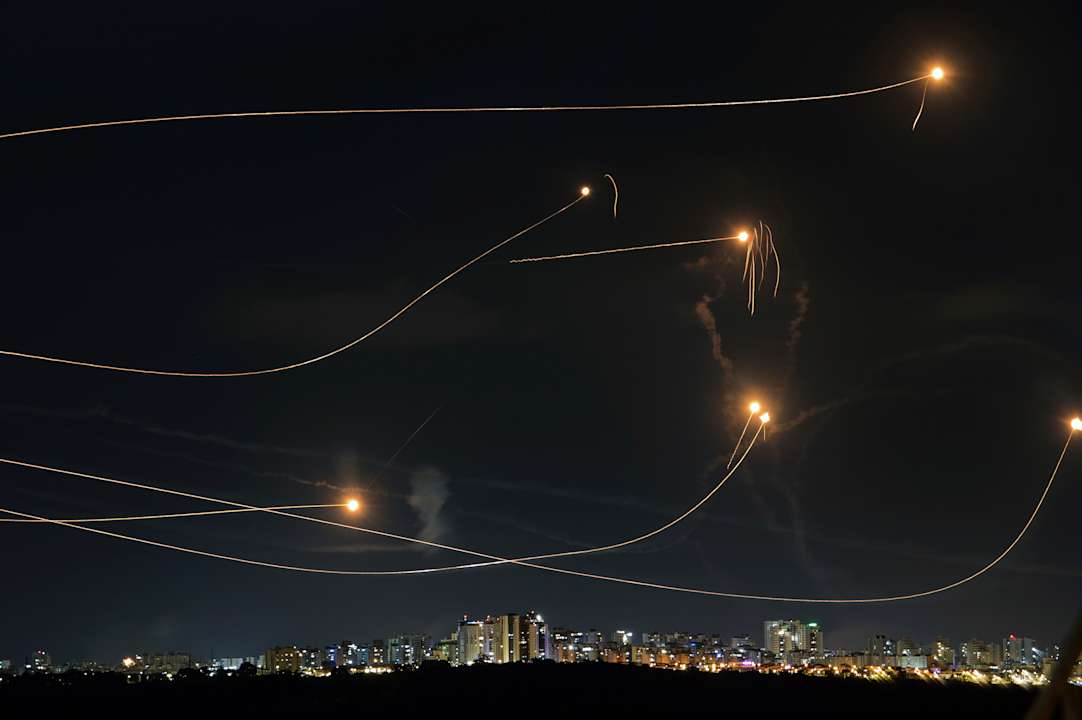
What is Golden Dome?
Golden Dome is envisioned to include ground and space-based capabilities that are able to missiles at all four major stages of a potential attack – either before a launch, at their earliest stage of flight, midcourse or in the final minutes as they descend toward a target
This layered approach would include numerous different defence operations working together to protect the United States.
The US already has many missile defence capabilities, such as the Patriot missile batteries that the US has provided to Ukraine to defend against incoming missiles.
Notably, Ukraine used a Patriot missile battery in 2023 to shoot down a Russian hypersonic missile, one of the threats US defence officials have said the Golden Dome is needed for.
The US also has an array of satellites in orbit to detect missile launches, of which some will be incorporated into Golden Dome.
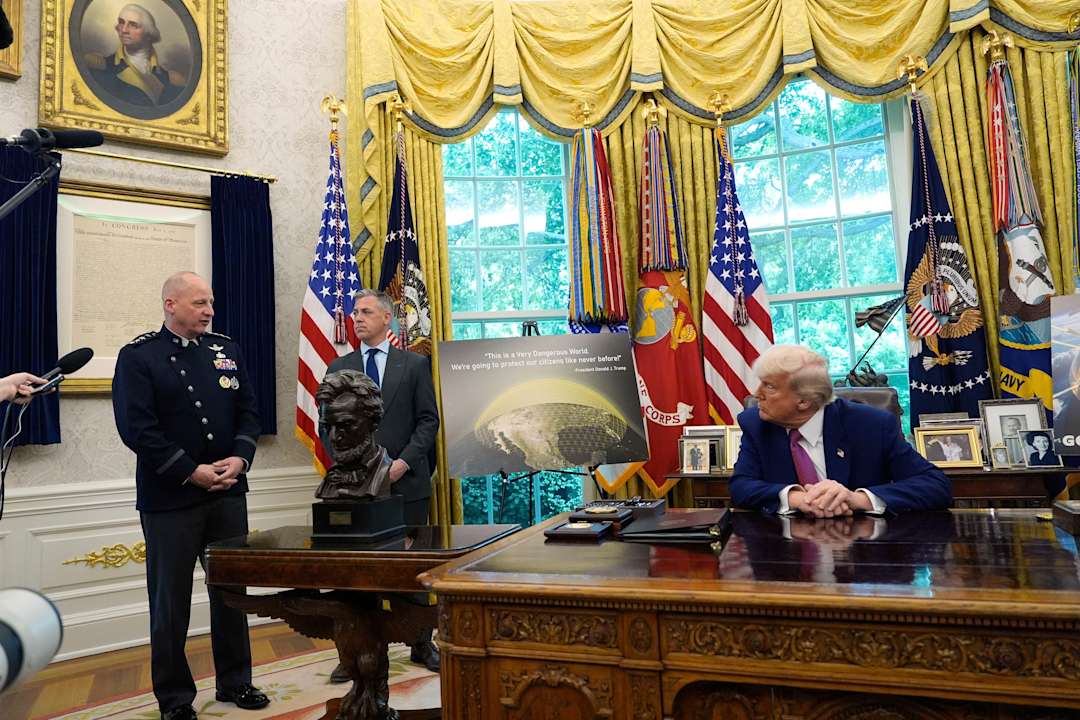
The key development announced on Tuesday is the huge expansion of these space-based assets, along with bringing all forms of US anti-missile defence under a single command.
The space-based weapons envisioned for Golden Dome “represent new and emerging requirements for missions that have never before been accomplished by military space organisations,” General Chance Saltzman, head of the US Space Force, told lawmakers earlier this week.
Defence contractors, including Elon Musk’s SpaceX, have already begun lining up to apply for the inevitable array of contracts the US government will offer to help develop the weapons systems.
Why is it needed?
Unlike Israel, which has numerous hostile forces either on its border or nearby, the continental US is surrounded by its allies in Canada and Mexico or by the Atlantic and Pacific Oceans.
This means the US faces far fewer close-range threats than Israel, but the Pentagon has warned for years that the newest missiles developed by China and Russia are so advanced that updated countermeasures are necessary.
The bulk of the cost for Golden Dome would be for additional satellites and interceptors that could be focused on stopping those advanced missiles early on – or in the middle of their flight.
China and Russia have put offensive weapons in space, such as satellites, with the ability to disable critical US satellites. This makes the US vulnerable to attack.
Last year, the US said Russia was developing a space-based nuclear weapon that could loiter in space for long durations, then release a burst that would take out satellites around it.
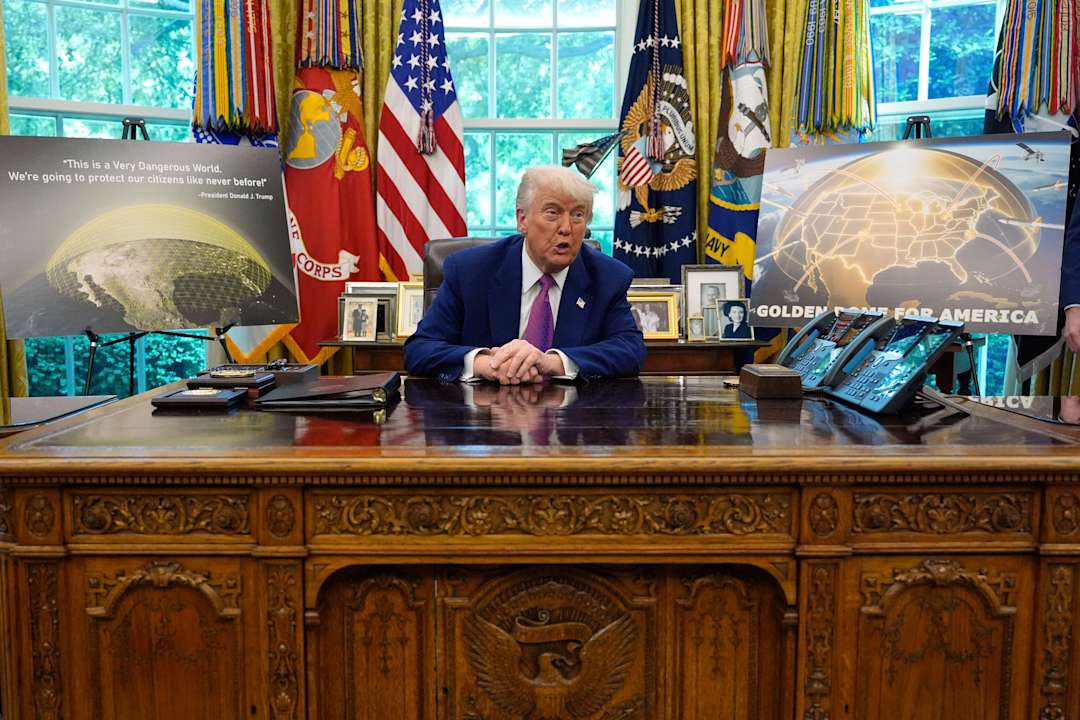
In 2021, China launched a groundbreaking warhead system that went into orbit before reentering Earth’s atmosphere, prompting alarm from US defence officials.
In a joint statement earlier this month, China and Russia called the Golden Dome idea “deeply destabilising in nature,” warning it would turn “outer space into an environment for placing weapons and an arena for armed confrontation.”
How much will it cost?
Estimates vary wildly, Trump himself has asked Congress to earmark $25bn (£18.7bn) for the project, but this will only be for the early stages, helping with development and securing contracts.
The actual costs of deploying, running and maintaining the system could be far higher.
Furthermore, no money has been set aside for the project yet.
The Golden Dome overall is “still in the conceptual stage,” newly confirmed Air Force Secretary Troy Meink told senators during a hearing Tuesday.
While the president picked the concept he wanted, the Pentagon is still developing the requirements that Golden Dome will need to meet – which is not the way new systems are normally developed.
When making the announcement, Trump said the project would cost about $175bn (£130.6bn), but didn’t say how many years this would be spread over.
The Congressional Budget Office estimated this month that just the space-based components of the Golden Dome could cost as much as $542bn (£404.4bn) over the next 20 years.
Gen Saltzman told Politico earlier this month: “I’m 34 years in this business. I’ve never seen an early estimate that was too high. It’s the nature of the business.”
When will it be operational?
During his announcement, Trump said it would be operational by the end of his term, but defence analysts think this is unlikely.
A more realistic picture is that some aspects of it may be operational by the end of Trump’s term in 2029, but to get the vast array of different schemes working under a single administration may take much longer.
Retired Rear Admiral Mark Montgomery told CNN he believes creating a ballistic missile defence system may be possible in seven to 10 years, but even then, it will have severe limitations, potentially capable of protecting only critical federal buildings and major cities.
Has there ever been anything like this in the past?
Yes, the US has tried numerous times to develop a system like this, but has failed each time because of gaps in technology and the enormous cost.
The most significant of these was the Strategic Defense Initiative championed by Ronald Reagan in the 1980’s.
It became derisively known as Star Wars, because of how futuristic the goals of the project were and how far away much of the technology was from being developed.
Due to its unfeasibility and enormous cost, it was massively scaled down just a few years after it was launched.
Follow STV News on WhatsApp
Scan the QR code on your mobile device for all the latest news from around the country

























